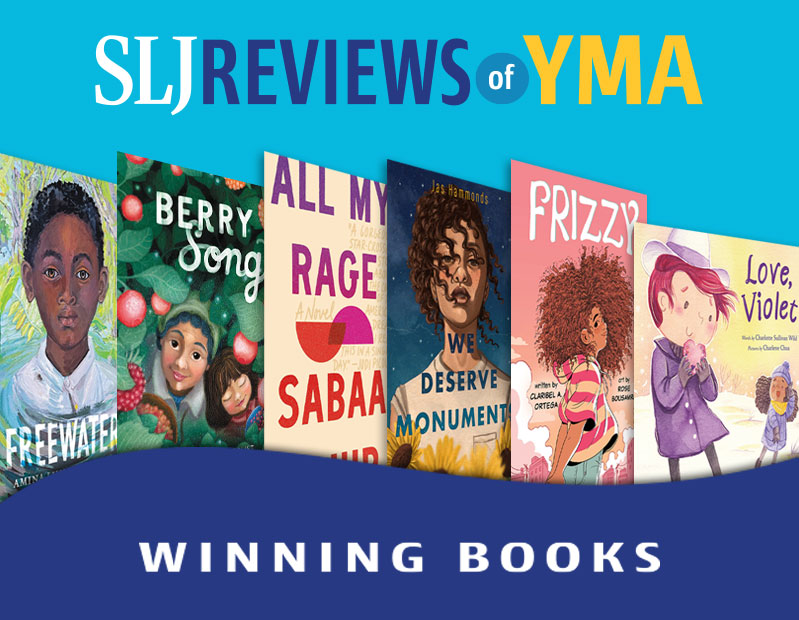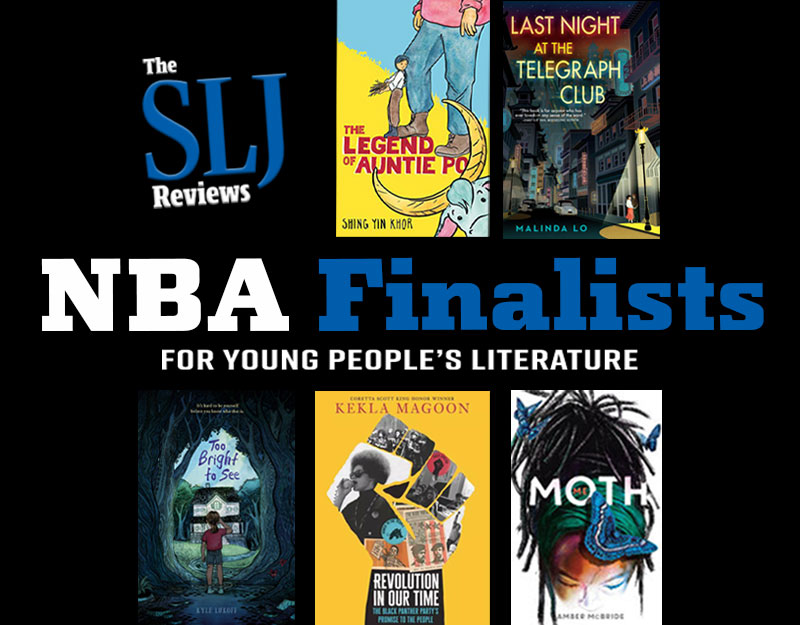Trapped: How the World Rescued 33 Miners from 2,000 Feet Below the Chilean Desert
- Who was Hephaistos? Throughout Trapped, Aronson refers to the much-abused Hephaistos, blacksmith to the gods of Ancient Greece. Using some of the digital and book resources listed below in Further Explorations, provide students with additional experiences with the story of Hephaistos. Once they have a sense of how he is portrayed, have them brainstorm other people, besides miners, who we treat in ways similar to the ways the Greeks treated Hephaistos.
- Studying Survival. Trapped gives your students the opportunity to witness a modern-day real-life tale of collective survival. As Aronson notes, “first the miners saved themselves,” and then the world stepped in. Have students read nonfiction tales of survival, such as Nathaniel Philbrick’s Revenge of the Whale, a documentation of the real-life events upon which Herman Melville based his epic novel Moby Dick or Jim Murphy’s An American Plague, an account of how the citizens of Philadelphia endured the yellow fever epidemic of 1793.
- Researching Isolation. Have students compare and contrast the different ways that people stay healthy in mind and spirit while enduring rigorous conditions, small spaces, and almost utter isolation underwater, underground, and out in space.
- Survival Short Stories. Before or after reading Trapped, have students read survivor fiction as well. They might choose from the bloody dystopian world of The Hunger Games trilogy (where mining plays an important role!) or classics such Jean Craighead George’s My Side of the Mountain, Gary Paulsen’s Hatchet, or Robert O’Brien’s post-nuclear Z is for Zachariah. After reading both fiction and nonfiction, have students create their own original short story in which a group of teenagers must survive on their own for a period of time. Have them consider the following questions as they research and write: How would they come together? Would conflicts might evolve? Who would surface as a leader? How would they cope with a lack of technology? Some students may prefer to write a narrative of another contemporary or historic story of survival, and research accordingly.
- Using Math. Throughout the book, it is clear that basic math is essential in solving the problem of drilling down at appropriate angles to access and ultimately free the miners. Jeff Hart, who flew from Afghanistan to help the Chilean government, frequently speaks at schools, to talk about how he uses math. Math is not something “to get through because you have to. It is a language that allows people like him [Hart] to hit a target blind, thousands of feet away, to save lives, to bring water to our troops.” Collaborate with your team math teacher(s) to design a project in which students interview professionals in a variety of fields about the ways in which they use math as a tool for solving a problem or achieving a goal, concretely (like construction, mining, or manufacturing) or abstractly (like the financial industry, accounting, or social science research).
- Mines in Everyday Life. Aronson informs us that “the average American uses sixteen pounds of copper a year – at home, at work, and at school.” At the end of the book, he cautions us that “[i]f we want the treasures of the Earth, we need to value our miners, not just when they are trapped by rocks, but whenever they enter the kingdom of the dark.” In have students research, small groups, products that are created using copper. Generate a class list, and have each student take a copy home to conduct an inventory. How many objects do they own or use that contain copper? To what extent does each of them depend on copper mines?
- Good Mines, Bad Mines. If students are to “value the miners,” as Aronson suggests, is it possible to backtrack the source of copper in objects on the student-generated inventory? Provide students with the opportunity to research the origin of materials in one of the objects listed on their inventory. Is it possible to find out the source of materials? Where do they come from? What factories produce them? Is it possible to find out whether the copper came from a “good” mine with proper safety features, or a “bad mine,” such as the San Jose mine? Would this knowledge change what they buy? Why or why not?
- Mine Safety in the US. How safe are US miners? Just months before the Chilean mine disaster, 29 coal miners were killed in an explosion at a West Virginia mine with a history of noted safety violations. Have students read the January 2011 Wall Street Journal article and the Mine Safety (see Further Explorations) about new proposed federal regulations for mine safety and determine if they have any evidence of the new regulations making progress towards making mines safer for workers.
Online Resources
October 2011 New York Times Article: One Year Later
http://www.nytimes.com/2011/10/12/world/americas/chiles-rescued-miners-face-major-struggles-a-year-later.html?_r=1&hp
- A historic look at the anthracite coal mines of Pennsylvania in the 19th and early 20th centuries.
- The second volume of the Hunger Games triology, which brings Catniss and Peter back into the Games.
- The first in a dystopian trilogy that provides a snapshot of our nation’s fictional future, where our love of reality television and violence converge in a horrific annual ritual.
- The culmination of the Hunger Games triology.
- A fictional tale of survival in the Castkill Mountains of New York State.
York: Dutton.
- A handy outdoor guide, written by children’s author Jean Craighead George and her adult children.
- A riveting account of the yellow fever epidemic of 1793, and our new nation’s struggle with how to coordinate support services for its citizens.
- The story of young woman’s survival in the United States, after a nuclear war has caused much of the land surrounding her family farm to be contaminated, and the ominous arrival of a stranger.
- Paulsen’s classic tale of teenage Brian, and his survival in the wilderness following a plane crash.
- The real-life story of 19th century Nantucket sailors who stranded in the Pacific in small boats after an attack by a whale and resorted to cannibalism in order to survive. The accounts of survivors were used by Herman Melville to write Moby Dick.
Filed under: Nonfiction Chapter Books
About Mary Ann Cappiello
Mary Ann is a professor of language and literacy at Lesley University. A former public school language arts and humanities teacher, she is a passionate advocate for and commentator on children’s books. Mary Ann is the co-author of Teaching with Text Sets (2013) and Teaching to Complexity (2015) and Text Sets in Action: Pathways Through Content Area Literacy (Stenhouse, 2021). She has been a guest on public radio and a consultant to public television. From 2015-2018, Mary Ann was a member of the National Council of Teachers of English's Orbis Pictus Award for Outstanding Nonfiction (K-8) Committee, serving two years as chair.
ADVERTISEMENT
ADVERTISEMENT
SLJ Blog Network
The Shockingly Good Children’s Poetry of 2025
Magda, Intergalactic Chef: The Big Tournament | Exclusive Preview
Fifteen early Mock Newbery 2026 Contenders
When Book Bans are a Form of Discrimination, What is the Path to Justice?
Poetry Gateways, a guest post by Amy Brownlee
ADVERTISEMENT







